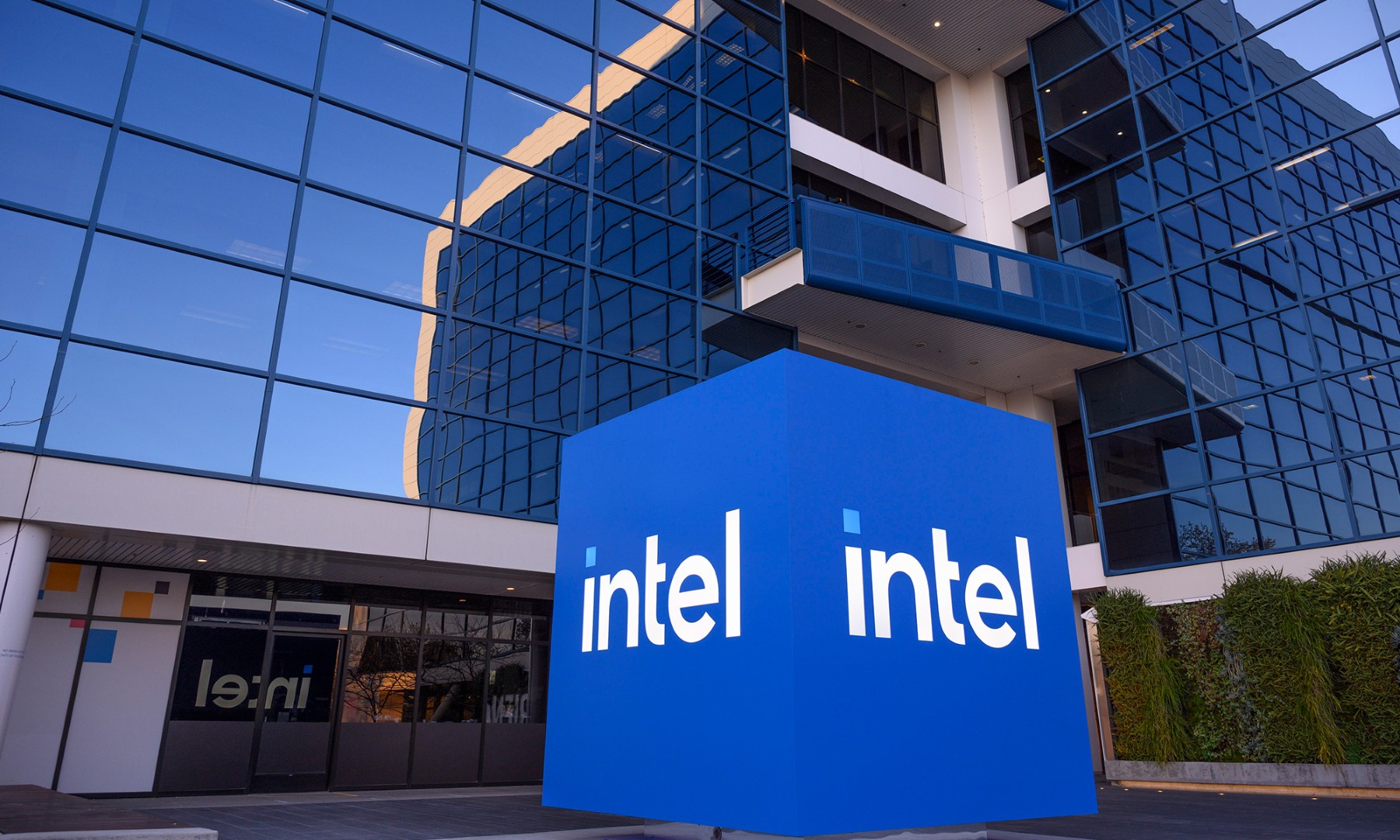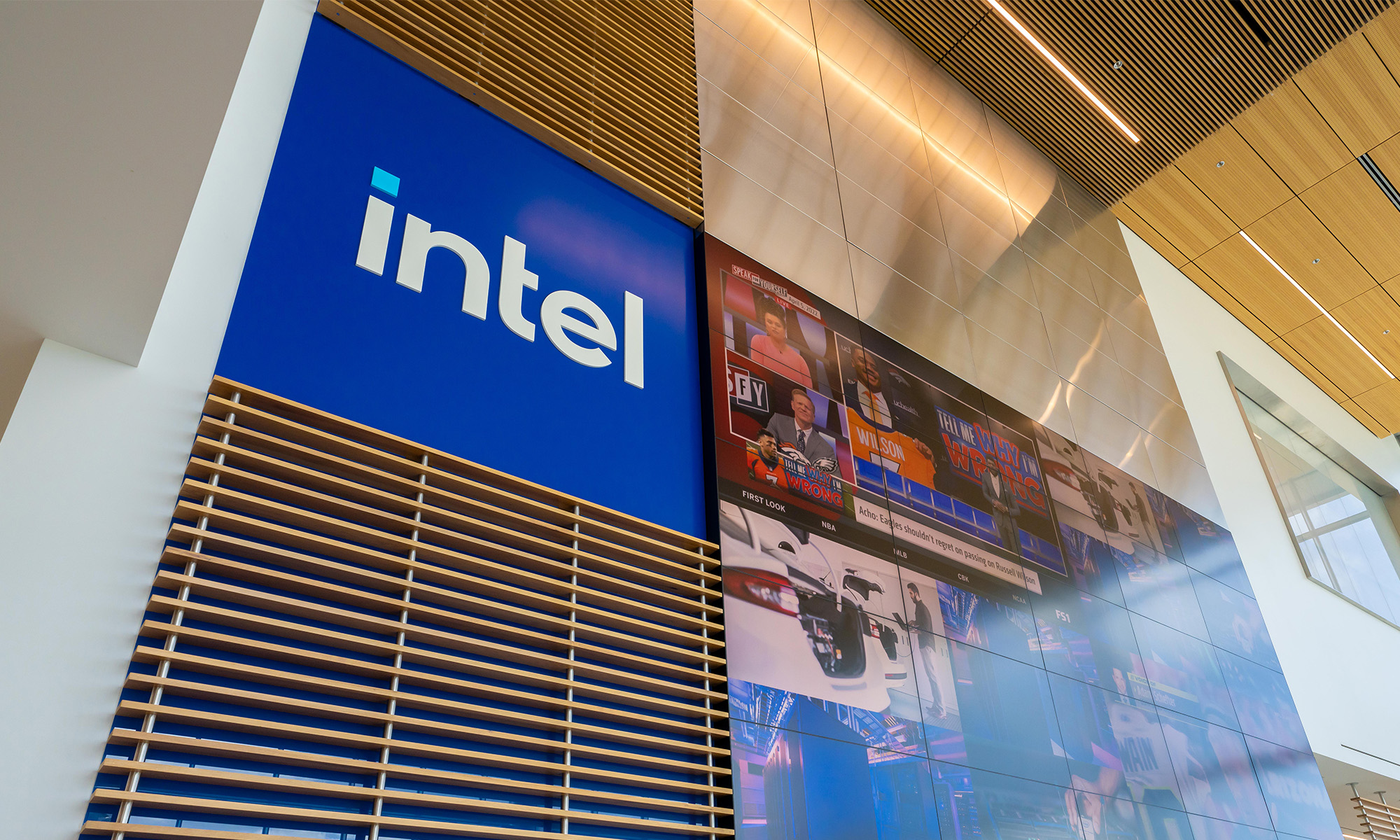During 2017, chip giant Intel (INTC +1.70%) reported that its Client Computing Group (CCG), which primarily sells processors and related components into the personal computer market, saw a huge surge in profits.
Although the segment saw a modest $1.1 billion increase in revenue year over year (thanks to increased laptop chip sales and higher cellular modem sales), operating profit grew by a full $2.3 billion to $12.9 billion.

Image source: Intel.
In Intel's most recent annual filing with the Securities and Exchange Commission, the company went into some detail on what factors drove the operating profit increase and to what extent each factor contributed to that growth.
Let's dive in to those details.
Platform unit cost reduction
Intel says that it saw a $1.135 billion increase in CCG operating income due to "lower CCG platform unit cost, primarily on 14nm cost improvement."
What this means is that Intel's chip manufacturing costs came down thanks to yield rate improvements on its 14-nanometer manufacturing technology. For a given selling price, a lower manufacturing cost means higher per-unit profitability.
Intel first began manufacturing chips using its 14-nanometer technology in the second half of 2014 and since then has been steadily improving the yield rates and performance of the technology. It's clear that there was still plenty of room for improvement in this technology as Intel exited 2016 -- the second full year of 14-nanometer production -- and Intel managed to deliver the required improvements to increase profitability.
Lower spending share
Intel says that it saw a $630 million increase in CCG operating income due to "lower CCG spending and share of technology development and MG&A costs."
This tidbit is a bit dizzying to take in, so let's break it down.
The "lower CCG spending" refers to cost cutting that happened as part of the restructuring program that the company announced back in 2016.
To understand the second bit, it's important to understand that Intel develops a lot of technologies that are leveraged by many different business units within the company. For example, chip manufacturing technology and core processor intellectual properties are used by virtually every one of Intel's business units.
Early in 2017, Intel announced that it would be shifting more of the shared technology development burden away from CCG and toward its faster-growing Data Center Group (DCG) since, over the long-term, DCG is expected to be the company's primary growth engine.
So a big part of that $630 million reduction is Intel simply shifting some costs away from CCG and toward other business units (primarily DCG, though the company's Internet of Things group seems to have caught some of the burden as well).
Higher gross margin and "other"
Intel says that it saw a $635 million increase in CCG operating income year over year thanks to "higher gross margin from CCG platform revenue."
This one's simple to understand: Intel sold more products, generated more revenue, and that additional revenue brought in additional gross profit dollars.
Intel also says that it saw a $303 million boost to CCG operating income from "Other." The company doesn't specify what "Other" is, but I wouldn't be surprised if that increase incorporated the gross profits from sales of non-processor/platform products in CCG (e.g. Wi-Fi chips, cellular modem chips).
An offset
The year-over-year increase in operating income that Intel reported for CCG was a net figure and if you add up the numbers that I mentioned previously, you'll notice that the sum is greater than the total year-over-year increase in CCG operating income that Intel reported.
Unsurprisingly, there were some cost increases that partially offset the good news that Intel saw in CCG.
In particular, Intel says that it saw a $430 million year-over-year deduction in operating income due to "period charges primarily associated with engineering samples and higher initial production costs from [Intel's] 10nm products."
This isn't anything to worry about, as such costs are typical when Intel is trying to ramp-up a new manufacturing technology (something that it hasn't done in quite a while). Moreover, since it'll probably be a while before Intel begins the production ramp of its follow-on 7-nanometer technology, this drag on operating profit won't be a permanent fixture in the company's annual operating results.






